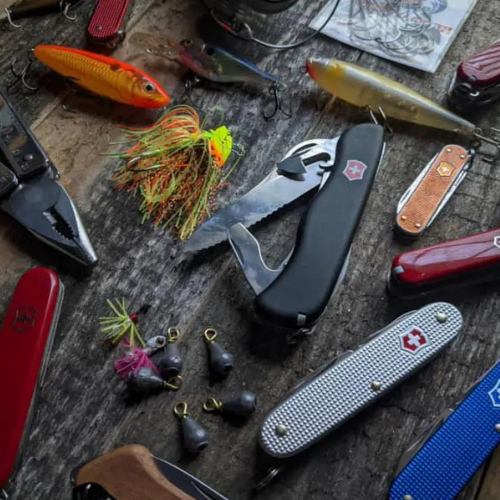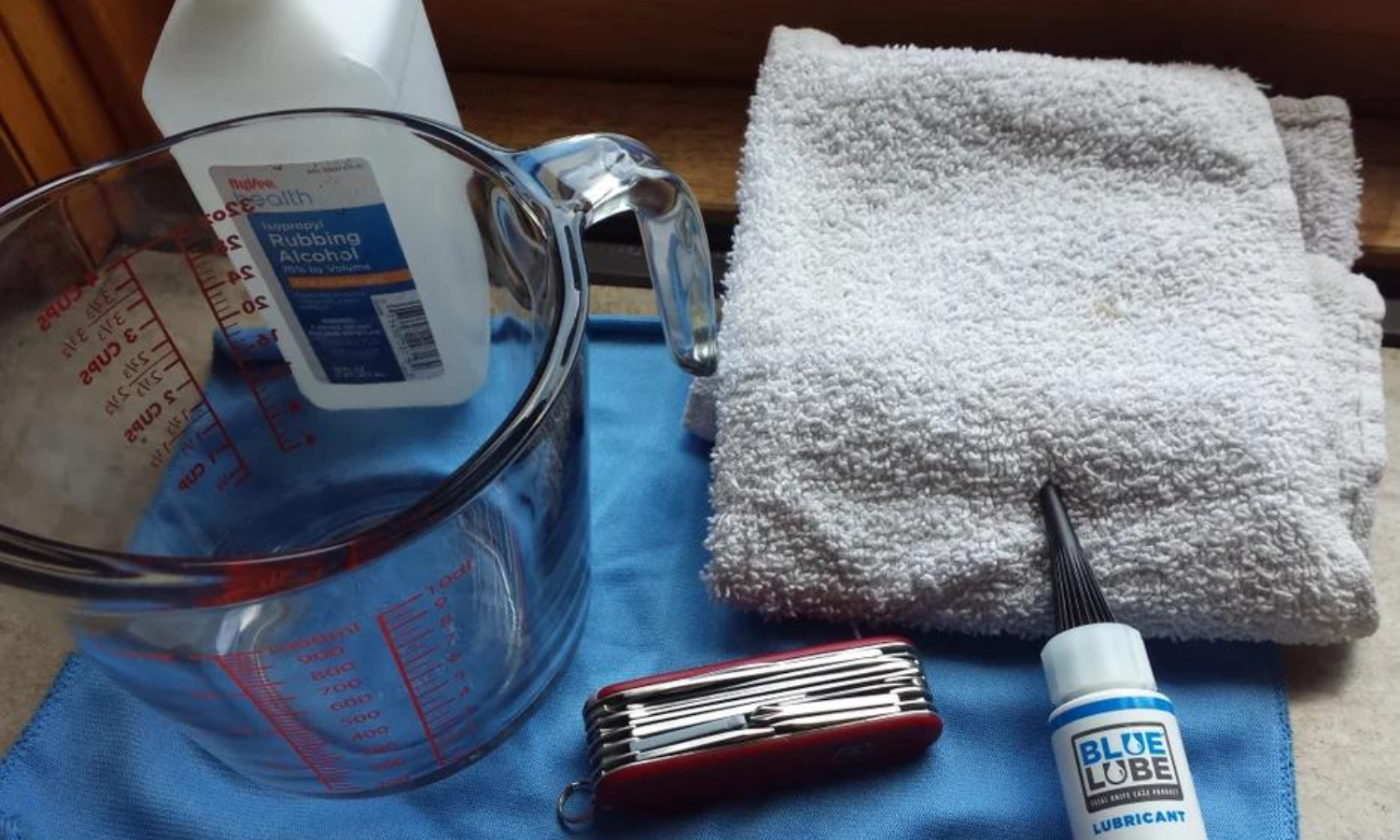The Swiss Army Knife is one of the best pocket tools you can carry in your day-to-day life, and it is also incredibly useful for camping and survival. Tiny and compact knives typically have limited functionality. Yet, a Swiss army knife is packed with features. Regardless of the quality of a Swiss Army Knife (SAK), it requires adequate upkeep. In reality, periodic knife cleaning is the secret to its durability. Listed here are some of the most effective methods for cleaning a Swiss Army knife. In addition, toward the conclusion of this post, I addressed a number of the most frequently asked questions.
Being a pocket knife, a Swiss Army Knife is regularly used, while the blade gathers dirt and eventually becomes dull.
Although cleaning will need some effort, the procedure is straightforward. Washing the knife sometimes has allowed it to retain its brand-new appearance for years.
Step 1: Clean The SAK In Warm Water
The most effective method for cleaning a Swiss Army Knife is using warm water. I’m sure you’re wondering why you can’t use a dishwasher.
Yeah, this is a common question, however, Victorinox typically recommends using warm water to clean their equipment, as I believe warm water is sufficient for cleaning numerous times.
Put adequate water in a container and bring it to a boil. The water must be warm enough to allow you to submerge the SAK and your fingertips without pain.
You do not need to boil the water, as you are aware that metal expands when exposed to boiling water. Hence, you must prevent the Swiss Army Knife from boiling. Moreover, boiling water can harm the tool’s scales.
Note:
- The Swiss Army Knife should never be washed in a dishwasher, as this might cause irreparable damage. The temperature employed by cleaning solutions can cause irreparable harm to the SAK.
- However, if your Swiss Army Knife has electronic components, it is recommended that you remove them prior to cleaning it with water.

Step 2: Clean The Swiss Army Knife
After preparing a bowl of warm water, the next step is to open the instrument and submerge it in the water for 30 minutes.
Now remove the SAK from the water, keep the blade open, and clean the frame’s inner layers and scales on both sides. Use a little paintbrush or an old toothbrush for this.
As the heated water dislodges the dust from the interior layers, the dust particles become more mobile. Consequently, it becomes less difficult to clean up anything left behind.
Ensure that, when cleaning the Swiss Army Knife, you immerse it in water until the layers and scales are thoroughly clean.
This will assist in removing the dirt from the joints by repeatedly opening and closing the main blades underwater.
You can also clean them with a toothpick and tweezers. After cleaning the blades, you can place them back in the water to guarantee a thorough cleaning.
Note:
- Well, if you are in a hurry, you can also use a hairdryer to speed up the drying process.
Step 3: Dry & Oil The Swiss Army Knife
Once the knife is dry, you are nearly finished with the cleaning process, and the SAK will typically appear brand new.
Yet, if you notice that some of the Swiss Army Knife’s tools do not open or close smoothly, this is the time to fix it.
You may oil the Swiss Army Knife’s joints to restore it to like-new condition. The majority of them enquire about which lubricant to use.
Victorinox recommends using “Multi-Tool Oil,” which is a Swiss Army Knife oil manufactured by Victorinox for lubricating their tools, and the greatest part is that it is food-safe.
Thus, it would be prudent to utilize your Swiss Army Knife.
The Victorinox oil aids in both rust prevention and removal from the SAK. Also, it helps remove greasy and sticky items from your multitools.
Coconut oil is an alternate and inexpensive method. Coconut oil is among the most effective solutions for lubricating your gear. I do not understand why individuals do not explore this option.
Yeah, coconut oil can prevent rust, and yes, I am aware that Victorinox steel is susceptible to rust. Therefore, it is preferable to apply oil to avoid further rusting.
How To Apply?
- Simply apply a small amount of lubricant to the joints and hinges to complete the procedure. Afterward, you must repeatedly close and open the blades so that the oil can travel.
- Continue opening and shutting the blades until the hinges appear to be operating smoothly. Ensure that the excess oil is removed by wiping it with a cloth.
- You have now completed cleaning your Swiss Army Knife.
Step 4: Sharpening
This is an optional step that can be taken if your blades are not sufficiently sharp.
Sharpening by hand is preferable to using a machine since the machine might overheat the blades, and wetting the blades can diminish their overall quality and texture.
Bottom Line
Now that we’ve covered all the methods on how to clean a knife, you should have a thorough understanding of Swiss army knife maintenance.
Everyone loves Swiss Army Knives because they are an exceptional multi-tool that costs less than a few dollars. You don’t understand how much you need one of these instruments until you have one in your possession.
If you often use your knife, you should typically clean it once a week. But, if you use your Swiss Army Knife infrequently, you can clean it after two months.
